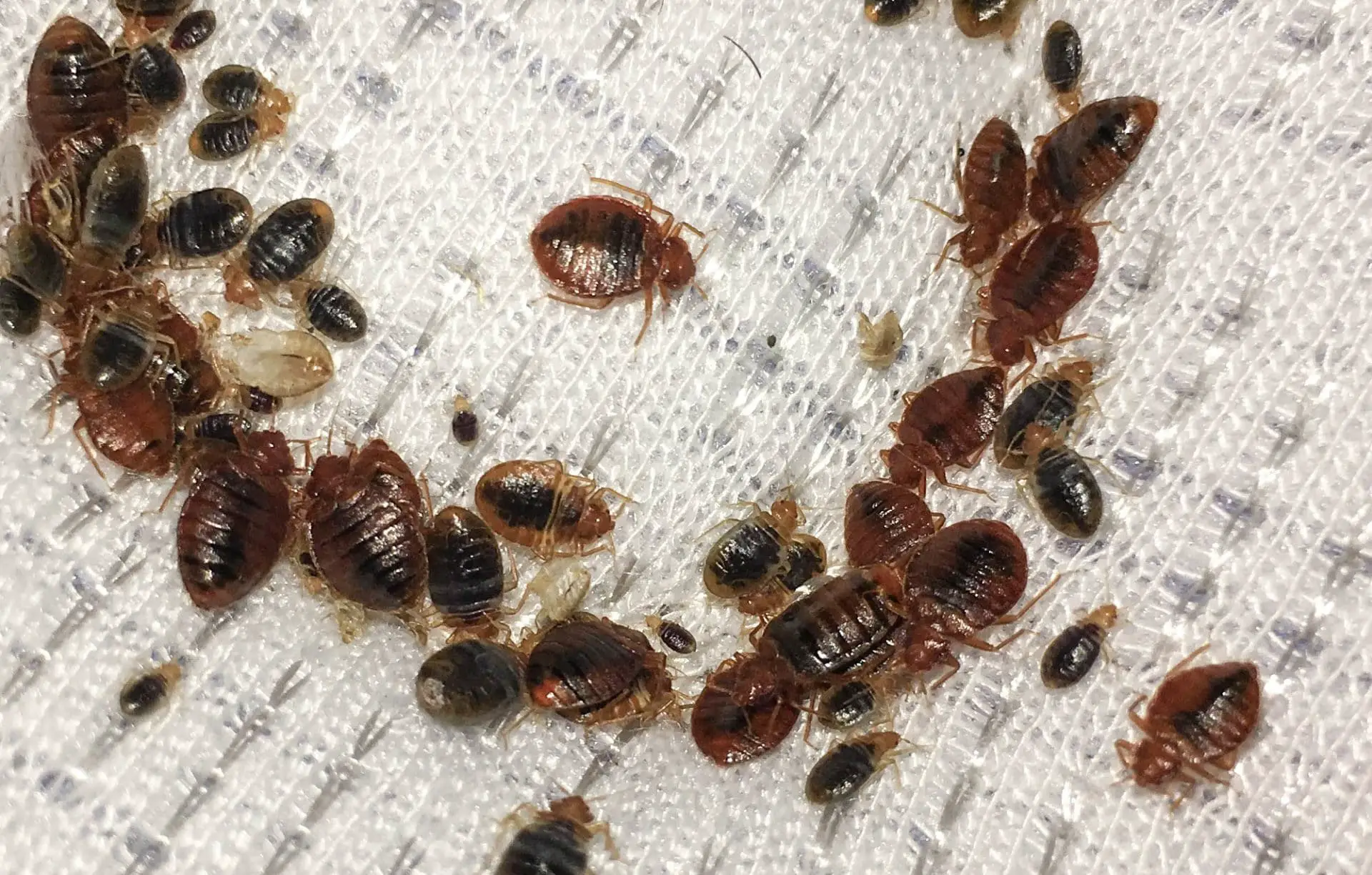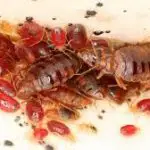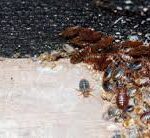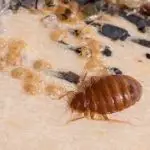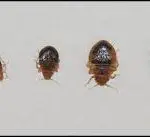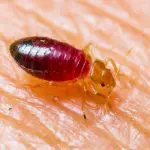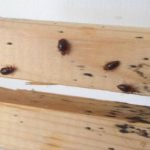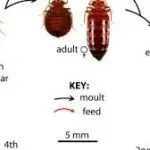How Do Bed Bugs Digest Blood?
The bedbug’s feeding process is similar to ours: they pierce your skin and feed on blood, often at night. Their mouthparts are elongated and have four stylets. When at rest, they fold these under their body but fully extend during feeding. Two of these stylets have canals at the bottom, one for saliva and the other for food. The small salivary canal carries saliva into the wound, while the larger food canal absorbs blood and other body fluids.
In order to feed, bedbugs have to digest human blood, which they do by secreting an anticoagulant chemical. The chemical causes a reaction in the body, causing welts and itching sensations. These effects are even more noticeable if the person is allergic to bedbugs.
Although the bedbug is a tiny insect, it has the ability to live for months without food. This ability allows it to hide in creases, folds, and seams of clothing. It can also hide behind wallpaper or inside bedding. Bedbugs can travel up to 100 feet in a single night, although most only crawl up to 8 feet.
Adult bedbugs are oval in shape and about 1/5 inch long. They have well-developed antennae and small compound eyes. Their pronotum, or the area behind their head, contains many small hairs. The immature stage, or nymph, is a smaller version. Its outer skeleton is thinner and its color is a yellowish white.
